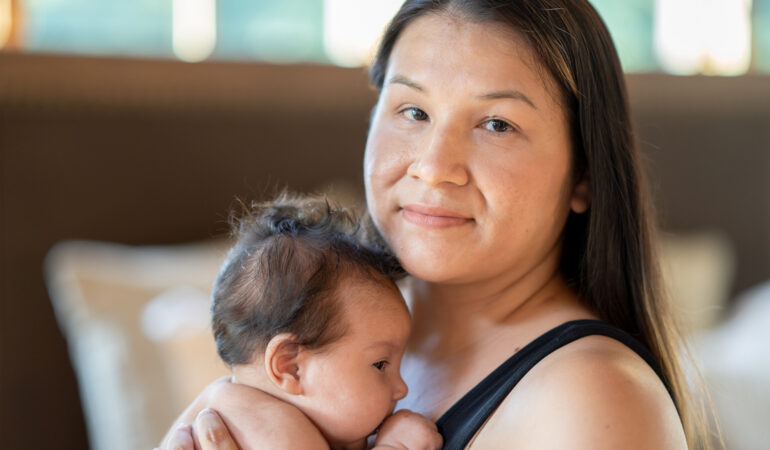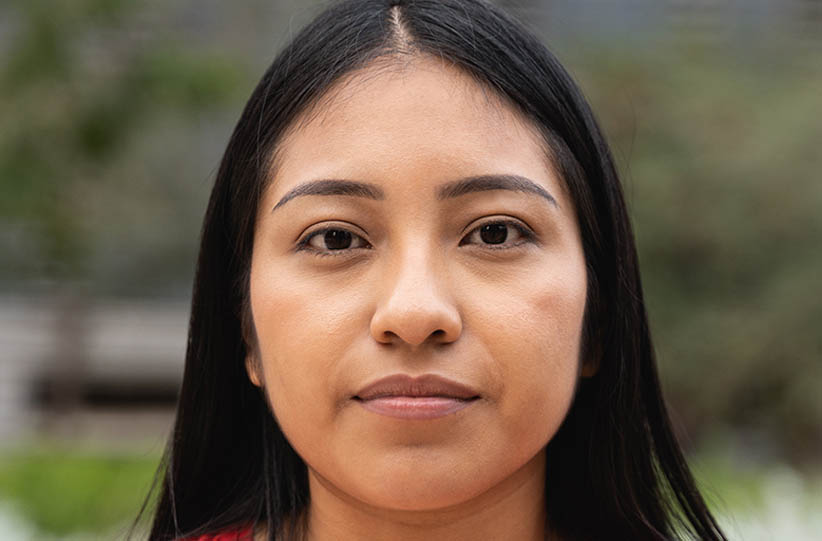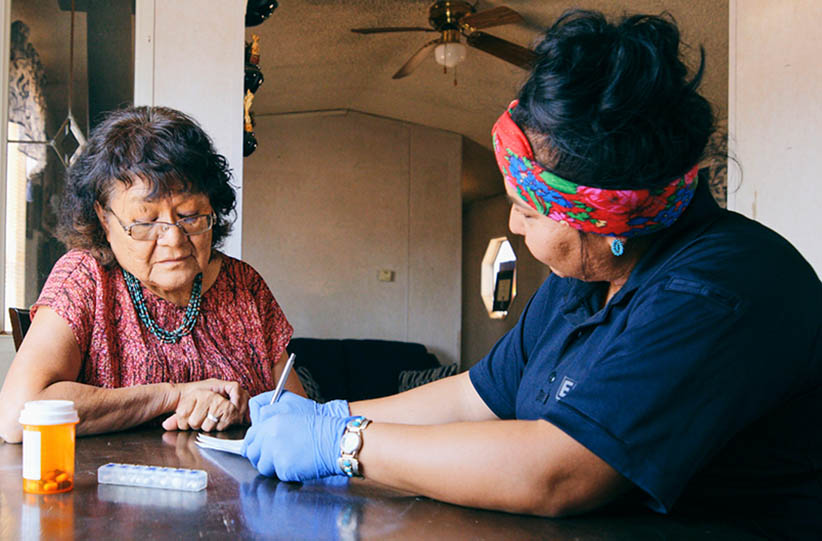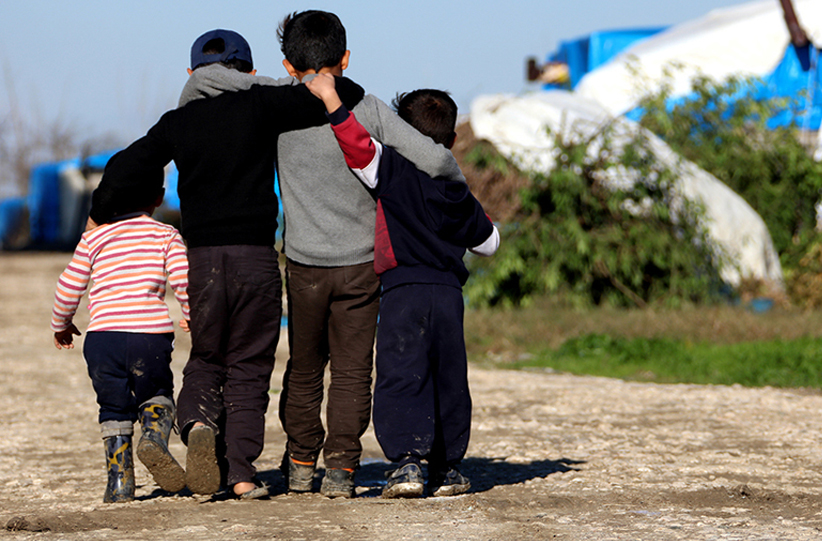According to the U.S. Census Bureau, the current total population of Native Americans in the United States is 6.79 million, about 2.09% of the population (2023). There are about 574 federally recognized Native American tribes in the United States (World Population Review, 2023).
Agencies like the U.S. Indian Health Service (IHS) aim for maximum tribal involvement in meeting the health needs of its service population, who live mainly on or near reservations and in rural communities, mostly in the western United States and Alaska. This population has long experienced lower health status when compared with other Americans—higher rates of alcohol and substance use, mental health disorders, suicide, violence, behavior-related morbidity and mortality, post-traumatic stress disorder, and lower life expectancy (IHS, 2019). This disproportionate disease burden exists perhaps because of inadequate education, disproportionate poverty, discrimination in the delivery of health services, and cultural differences. These are broad quality-of-life issues rooted in economic adversity and poor social conditions and result in Indigenous people reporting serious psychological distress 2.5 times more than the general population over a month’s time (Mental Health America, 2023).
Given the higher health status enjoyed by most Americans, the lingering health disparities of Indigenous people are troubling. In trying to account for the disparities, healthcare experts, policymakers, and tribal leaders are looking at many factors that impact upon the health of Native people, including the adequacy of funding for healthcare delivery systems.

Native Alaskan carving
Following are some of the key health disparities experienced:
- Highest rates of suicide of any minority group within the U.S., and rates are increasing since 2003, as well as high rates of substance use disorder of both illicit drugs and alcohol use (IHS, 2023)
- From 2016 to 2020, they experienced alcohol-related deaths at significantly higher rates (51.9/100,000) than the rest of the U.S. population (11.7/100,000; CDC, 2021)
- Highest prevalence of methamphetamine use, as well as methamphetamine use disorder, methamphetamine injection, and with significant increases in methamphetamine overdose (Han et al., 2021)
- In 2019 and 2020, drug overdose death rates were highest for non-Hispanic Indigenous people at 30.5 and 42.5 per 100,000, respectively (IHS, 2023)
- From 2019-2020, their overdose death rates increased by 39% (IHS, 2023)
- Leading causes of death are COVID-19, heart disease, and cancer (CDC, 2023)
- Indigenous people born today have a life expectancy that is 5.5 years less than all other races in the U.S. (73.0 years to 78.5 years, respectively; CDC, 2023)
78.5 years, respectively; CDC, 2023)
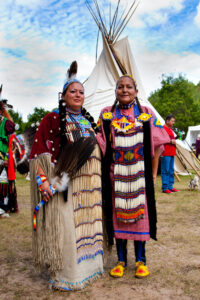
Native Americans at the McIntosh Fall Festival in Whitesburg, GA
The last 30 years have seen the development of innovative approaches to addressing alcohol/substance use, social services, and mental health issues. The IHS brings attention to behavioral health and its relationship to the prevention of chronic disease, preventable mortality, and health promotion, and is responsible for providing federal health services to Native American people as the principal federal healthcare provider and health advocate for these populations.
In the ongoing effort to meet these behavioral health challenges, support for tribal management and delivery of behavioral health services in their communities has grown. In the last decade, Tribes have increasingly contracted or compacted via the Indian Self-Determination and Education Assistance Act to provide these services. Currently, more than 50 percent of the mental health programs and over 90 percent of the alcohol and substance abuse programs are tribally operated (IHS, 2019). This evolution in behavioral healthcare delivery and management is changing the face of behavioral health services in these communities. Where IHS was previously the principal behavioral healthcare delivery system for Native American and Alaska Native persons, there is now a less centralized and more diverse network of care provided by federal, tribal, and urban health programs.
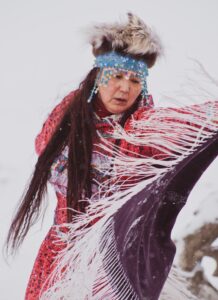
Traditional dancer in Barrow, Alaska
The documented connections between behavioral health issues and chronic diseases underscore the need for holistic and integrated solutions within local continuums of services. Service improvements rely on sustained collaboration between health programs, Tribes, and policymaking bodies. Analyses and agreements at the local level require the field testing of innovative protocols, while remaining thoughtful on deep issues, such as historical trauma, cultural renewal, and community reinforcement in healing processes.
Systemic therapists are poised to play a vital role in assisting Native American families with mental health and substance issues. Many AAMFT members are already working every day in areas of Tribal healthcare. If you are interested in working with this population, read the articles in this issue to become more aware of the challenges Native Americans face and find ways you can get involved.
—Information provided by the U.S. Indian Health Service, Centers for Disease Control and Prevention, U.S. Census Bureau, and Substance Abuse and Mental Health Services Administration.
Centers for Disease Control and Prevention, National Center for Health Statistics. (2021). National vital statistics system, mortality 1999-2020. CDC WONDER Online Database.
Centers for Disease Control and Prevention. (2023). Health of American Indian or Alaska Native population. https://www.cdc.gov/nchs/fastats/american-indian-health.htm
Han, B., Cotto, J., Etz, K., Einstein, E. B., Compton, W. M., & Volkow, N. D. (2021). Methamphetamine overdose deaths in the United States: Sex and racial/ethnic differences. JAMA Psychiatry, 78(5), 564-567. doi: 10.1001/jamapsychiatry.2020.4321
Mental Health America. (2023). Native and Indigenous communities and mental health. https://www.mhanational.org/issues/native-and-indigenous-communities-and-mental-health
U.S. Indian Health Service. (2019). Disparities. https://www.ihs.gov/newsroom/factsheets/disparities/
World Population Review. (2023). Native American Tribes by state 2023. https://worldpopulationreview.com/state-rankings/native-american-tribes-by-state
Actions to Support Indian Country and Native Communities Ahead of the Second Tribal Nations Summit
Mental Health America: Native and Indigenous Communities and Mental Health
Proclamation on National Native American Heritage Month, 2022
Substance Abuse and Mental Health Services Administration – Tribal Affairs and Policy
Other articles
Suffering In Silence: The Invisible Minority and How MFTs Can Help
As an MFT, you arrive in your office and begin an intake session with a new client. You see a woman in front of you. She tells you that she is in a relationship and feels that she doesn’t have much power in it. She tells you that she has made compromises in her relationship, such as giving up the freehold of her home, among other things, to still have access to disparaged resources and a place to live.
Jessica A. Lopez, MA, Eastern Bright Star
Essential Considerations: Medical Family Therapists’ Approach with Native Americans
It is a privilege to work as a medical family therapist (MedFT) at the Oklahoma City Indian Clinic. “Medical family therapy is a form of professional practice that uses the biopsychosocial model and systemic family therapy principles in the collaborative treatment of individuals and families dealing with medical problems” (McDaniel, 2014, p. 9).
Gina Poisson, MS
Trauma-informed Family Therapy: Systemic Treatment of Trauma of Child Refugees
Although children account for just 30% of the world’s population, they account for 41% percent of all those who have been forcibly displaced (United Nations Children’s Fund; UNICEF, 2022). In a number that is difficult to fathom, nearly 34.15 million children were forced to leave their homes and countries due to human rights violations (United Nations High Council for Refugees; UNHCR, 2021).
Charity Somo, PhD and Laurie L. Charlés, PhD
